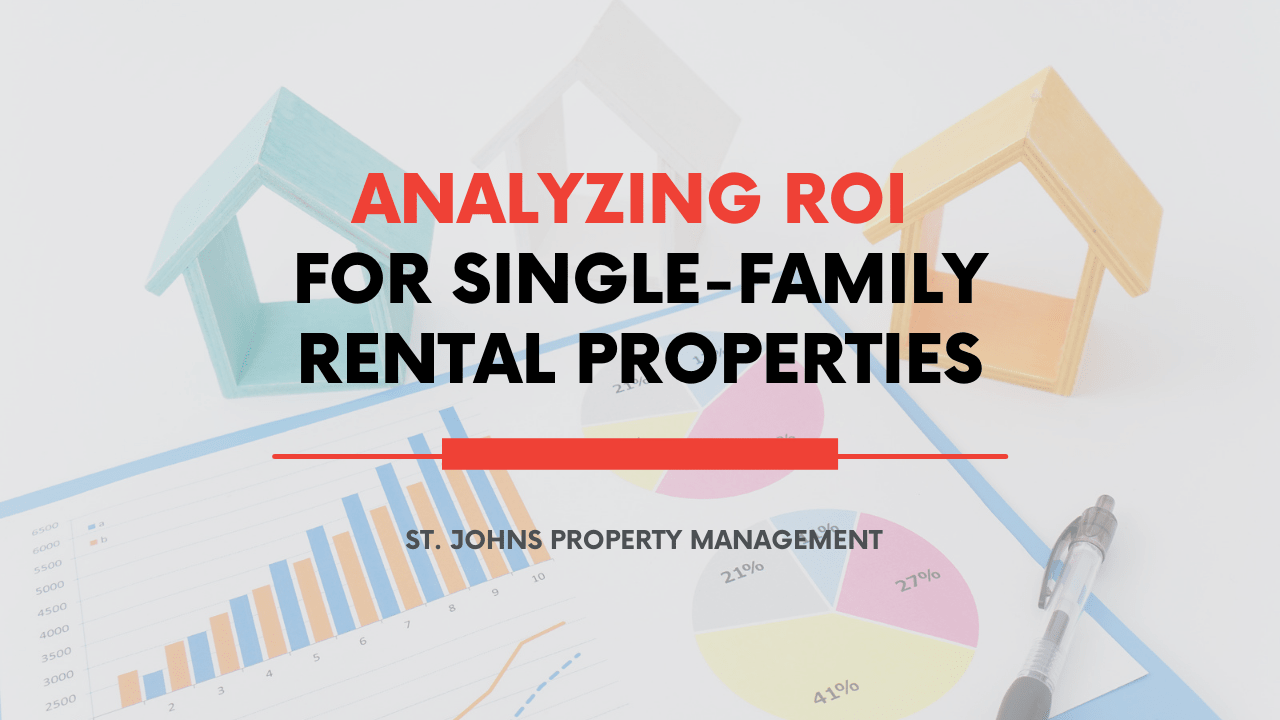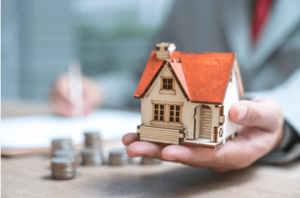Analyzing ROI for St. Johns Single-Family Rental Properties

When you invest in a St. Johns rental property, you can be sure you’re going to earn both short-term cash flow and long-term returns. But, do you know how to actually analyze your ROI? The math can seem a bit mystical sometimes, especially if you’re new to investing or you’ve never had to look at what your property is earning before.
Calculating ROI or Return on Investment is a crucial part of investing in St. Johns rental homes.
Single-family homes are especially good at increasing in value, especially in our local market. We want to take a high-level look at how you can analyze the return on investment you’re earning with your single-family rental home in St. Johns. We’d be happy to analyze your specific investment property or portfolio, so contact us for some customized information when you’re ready.
Calculating and Analyzing ROI in St. Johns
Measuring your ROI is important because it shows you how much money you’re earning on your investment. This will help you make decisions about your current and future acquisitions, upgrades, and goals.
To calculate your ROI, you will need to first analyze how you purchased the home. If you paid in cash, you’re already at a great starting point. You’ll simply look at your net profit or the gains you made on your investment and then divide it by the original cost of the property.
If, like most investors, you have a mortgage, you’ll follow the same formula but you’ll also have to factor in what you put down on the purchase and what your monthly mortgage payment is.
Factoring In Fixed and Variable Expenses
Many of the fixed expenses are easy to analyze when you’re calculating your ROI. The cost of your mortgage, for example, and the taxes and insurance you pay are fixed. They will make your math simple.
There are variables when you’re renting out a property, however. Maintenance is the largest variable and can really make understanding the ROI for your property complex. What you spend on emergency repairs, routine maintenance, and preventative inspections will add up and have to be deducted from the gains and profits you earn.
Remember that these repair costs may look like losses on paper, but when you’re preserving the condition of your asset and increasing its value with the work you do, the ROI will be higher. You can also deduct maintenance expenses on your taxes, which can save you a lot of money.
Single-Family ROI and Investment Decisions

Understanding your ROI will help you make informed investment decisions. Before you invest in a single-family home, you’ll want to estimate your costs against your earnings. This allows you to compare several potential investment properties to one another.
You never want expenses to exceed ROI potential, so if you’re losing money on an investment, analyzing your income and returns will help you decide whether you can turn the property into something that earns money or whether it’s better to sell and get out before you lose more.
With rental properties, financing plays a different type of role in calculating and analyzing ROI. When you put less money down, you have a higher mortgage, and yet you’re likely to have a higher ROI. Paying a larger cash deposit will lower your ROI because those initial costs will be much higher.
Unless you’re an experienced investor (and even if you are), understanding what you’re really earning on your single-family St. Johns investment property can be complex. We’re here to help, and we understand this rental market well, so contact us at Red Rooster Property Management.
